
Today we bring you a new section to the blog of Newskill, we have called it From zero to Newskill and in it we review the evolution of gaming peripherals from the first model to the most current. We hope you like it and that you discover with us the first steps, the attempts and the mistakes of what today is our set-up.
In this first installment From zero to Newskill we are going to tell you about the history of mice, from the first prototype, which saw the light of day in 1963, to the current gaming mice with RGB and proprietary software. Right now, we have it very internalized and normalized but when we started to see this type of peripherals it was a real revolution in the way of working with computers.
The beginnings
In the early 60's computers were still working through punched cards, this type of functionality was already becoming stagnant for the possibilities that computers had.
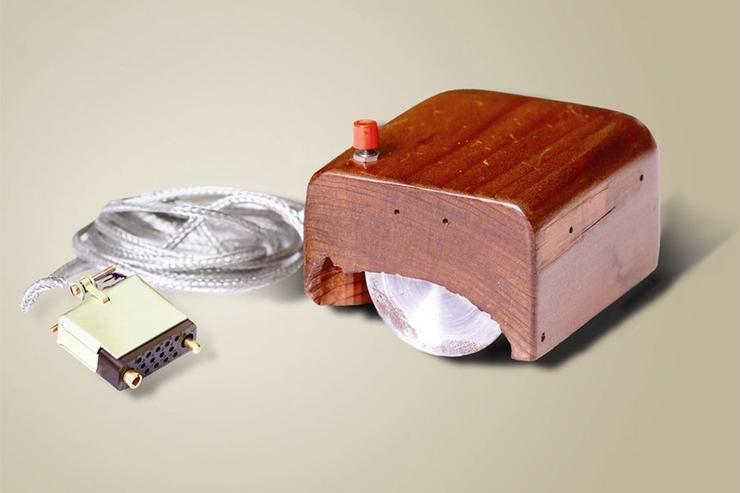
Douglas Engelbart and Bill English built the first prototype, called the X-Y Position Indicator for a Display System, of what we now know as the computer mouse in 1963 at the Stanford Research Center. Several tests took place during the following years until 1968, when they presented their mouse to the world. Unfortunately, it was not the success they had hoped for and more than 10 years would have to pass before this peripheral would reach its peak.
The next step
In 1968 came the German company Telefunken (also manufacturers of the legendary Telefunken PALcolor television) who created the first ball mouse, this had two advantages, it saved space and could move through the X and Y coordinates simultaneously. This mouse was called Rollkugel RKS 100-86.
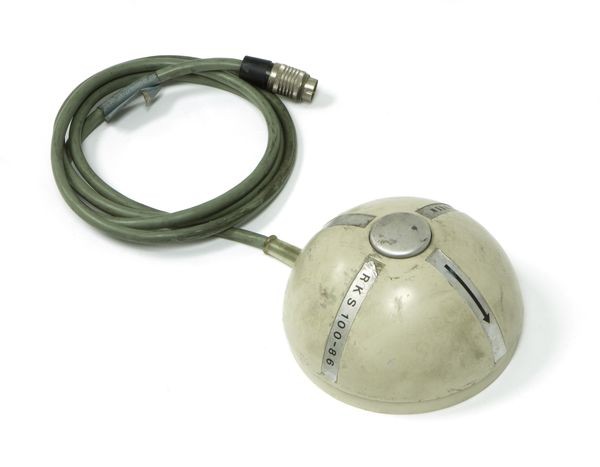
Bill English, who was already involved in the development of the first mouse prototype, started working for the Xerox company on the new computers they were making. They were still working with the initial idea of a ball that spun discs and these calculated the distance traveled. This was evolving and perfecting the mechanism, these gears were replaced by perforated discs that allowed passing or blocking an infrared LED. This was the creation of the optical-mechanical mouse.
In 1981 Steve Jobs and his team visited the Xerox offices. Their demonstration helped them to redefine the whole project they were working on, the Apple Lisa. For this new computer, they introduced modifications to the mouse. They added two modifications, changed the rubber dial for a metal one and eliminated buttons to leave only one.
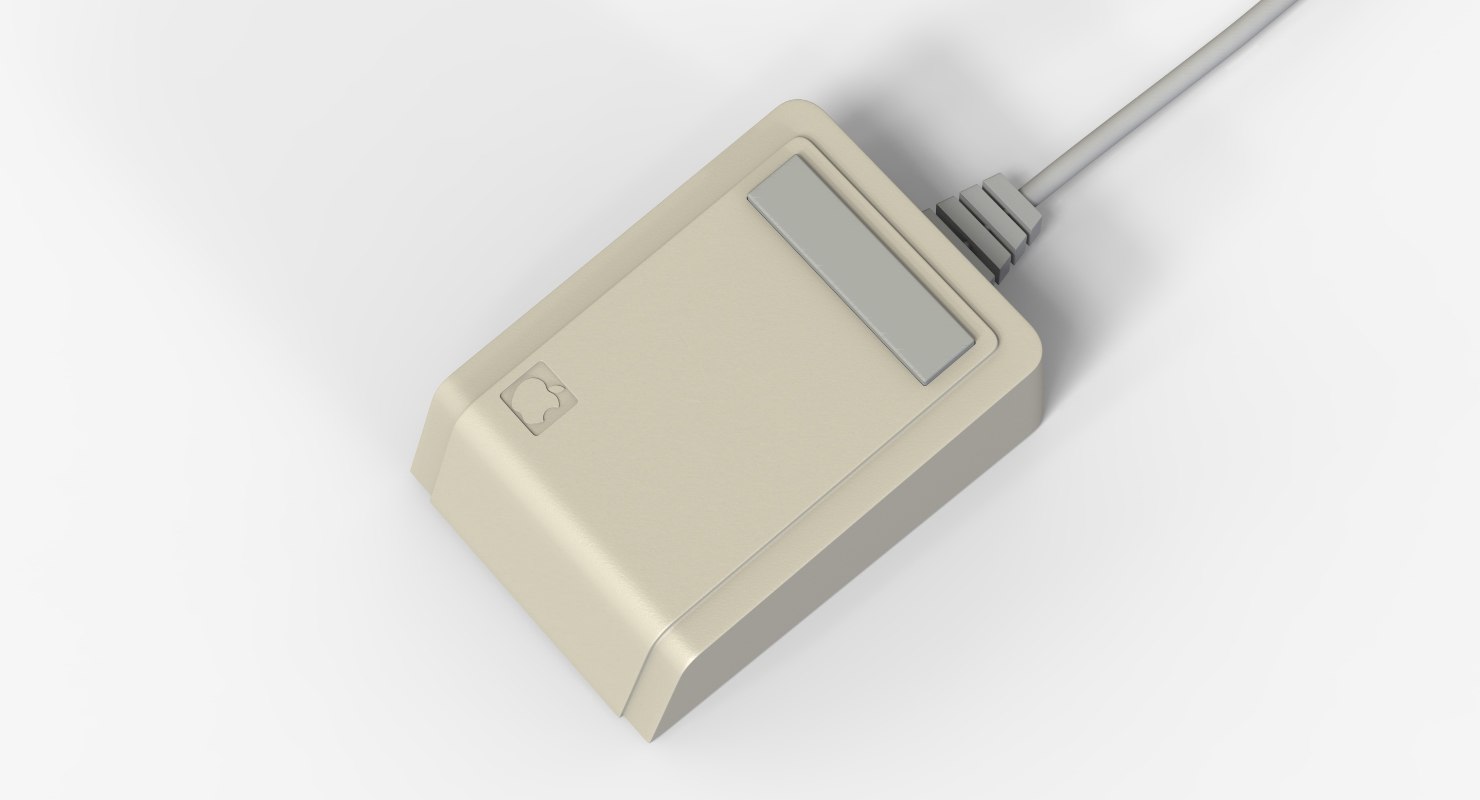
Farewell to the cable
In 1991 came the next step in the evolution of this peripheral, which offered us the possibility of choosing between wired mice or the first wireless model. The MouseMan worked through radio frequency which gave us the possibility that both transmitter and receiver did not need to be in direct vision making its use much more comfortable.
The scroll wheel
The next innovation came a few years later, in 1995 with the ProAgio from Mouse Systems, the first mouse in the world to incorporate the scroll wheel. This allowed us to move the screen, a movement that we now have very much internalized, and which was a great advance for web browsing or reading documents. The wheel, as in current models, was also clickable, but Mouse System went further and added a button on the side for the thumb that could be configured through the software.

It's time for the connector
We already have the structure of the mouse quite similar to what we find today so the next change that came along was not so aesthetic. In 1998 the USB came to this type of peripherals, which facilitated its use as well as providing self-powering. These features were what brought USB to what it is today, the standard for this type of connections.
The last big change
Although there were already several prototypes, it wasn't until 1999 that Microsoft's first optical mouse, the IntelliMouse IntelliEye, was released. This technology is more accurate and because it is a closed mechanism, there is no need to open or disassemble it for cleaning. It also managed to circumvent a problem that the previous ones had, and that is that it did not need any special surface to work. This led to the standard of ball mice falling further and further behind until they finally disappeared.
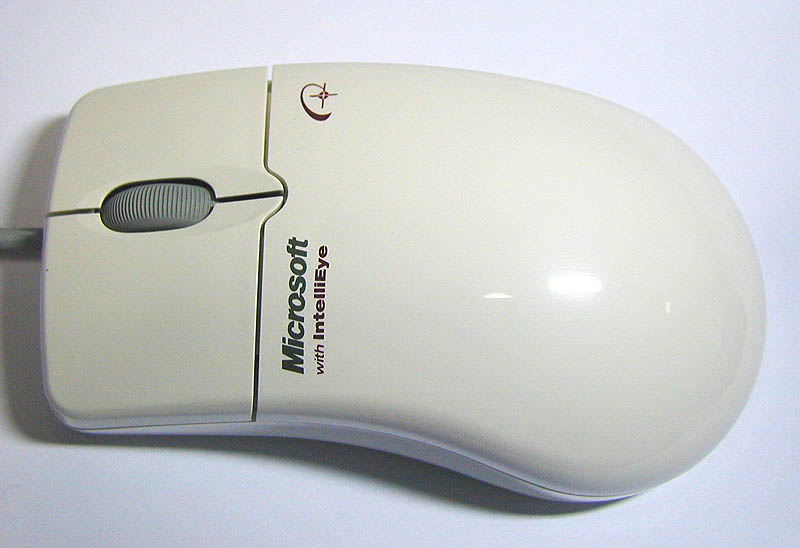
The other variant of this change was the laser technology that works in a very similar way to the optical sensors. This technology has the particularity of being able to pass through the surface to cover more detail. This type of sensor arrived in 2004.
Today
Right now we have a multitude of options to choose from, we have a great variety in prices, in structure, for those people who have different types of grip or palm, such as Eos and Helios, or are right or left-handed. Also in the amount of buttons we have available, from two, right click and left click, plus the scroll wheel to the most specialized in MOBA or MMORPG with twelve or fifteen, in Newskill we had our own mouse of this style, the Nukite.
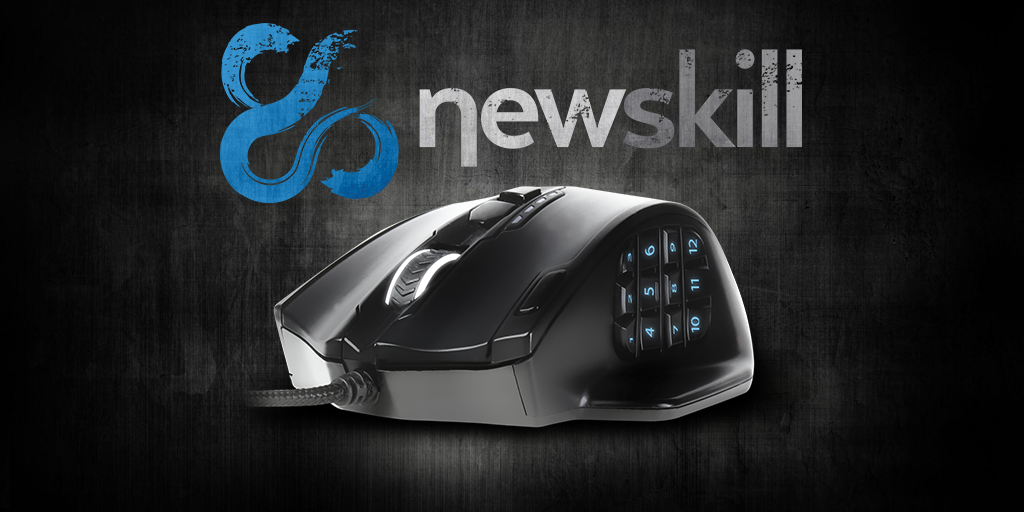
The sensors, both optical and laser have evolved a lot, offering greater customization from the mouse itself to adapt to the type of game to which we are devoting more hours, since we will not need the same sensitivity if it is an FPS that if it is a platform game. Even within the same game we will need to adjust the DPS according to the moment of the game to have a more precise control of the pointer.
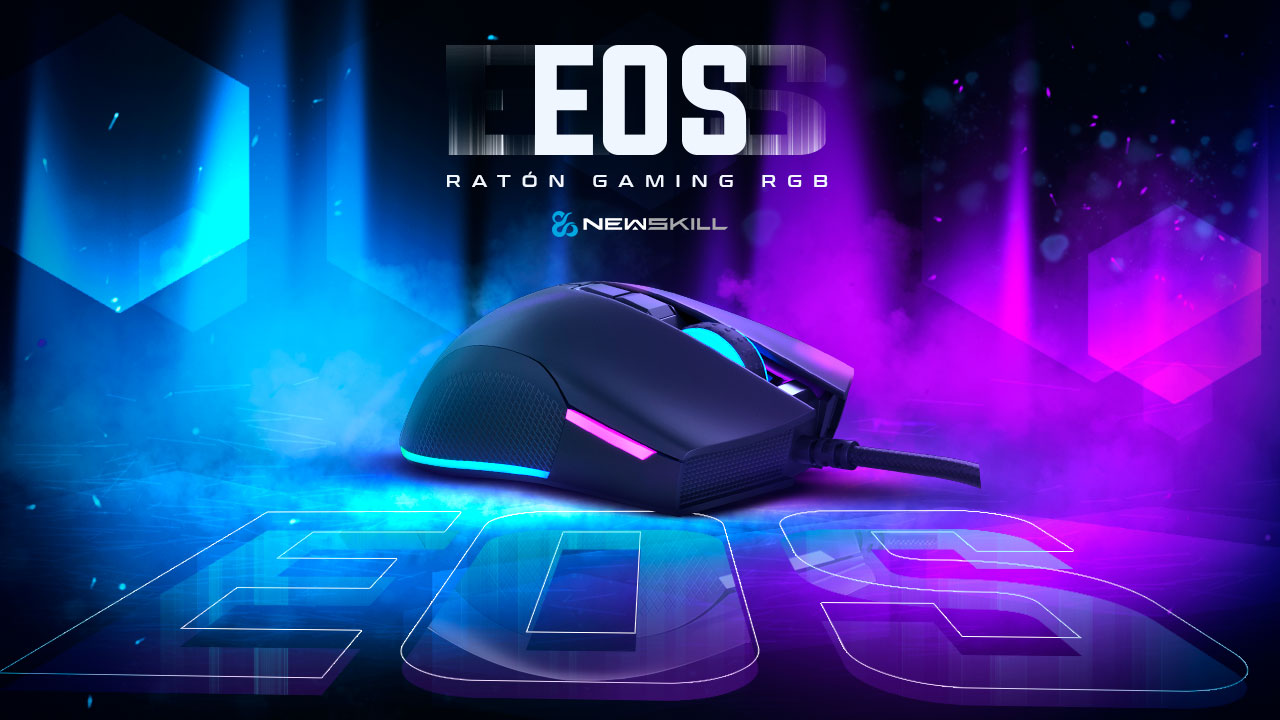
Also a great aesthetic addition has been the inclusion of RGB lighting in these peripherals. A great revolution to further customize our gaming areas. Through the software of these peripherals we can select the type of lighting we want, among different effects and colors giving our set-up our personal touch.
As a curiosity, the first mouse model released by Newskill is the Renshi and we still have it in our catalog and available for purchase after so many years.
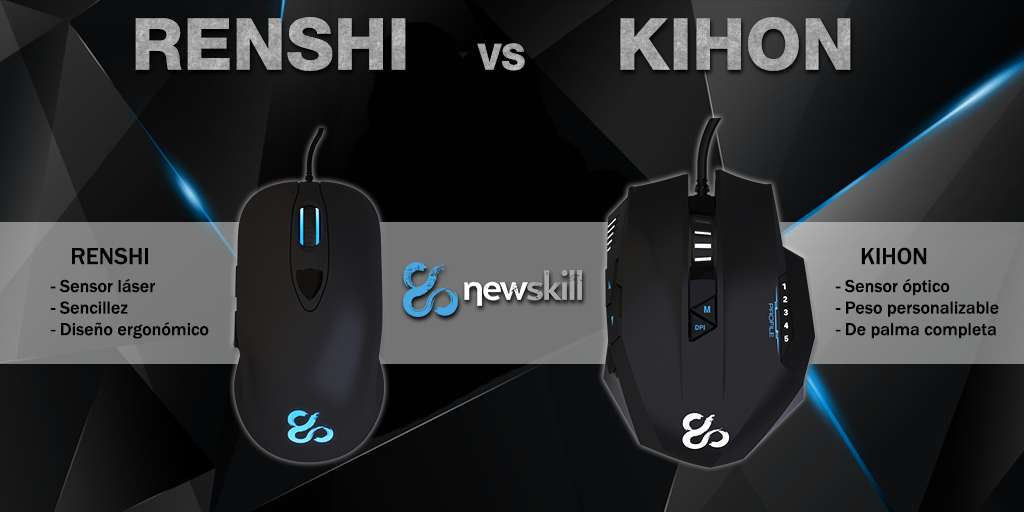
We hope this review of the history of the development of this peripheral has been as interesting as we have found it, and that you enjoy reading it. we look forward to seeing you in the next installment of From Zero to Newskill!
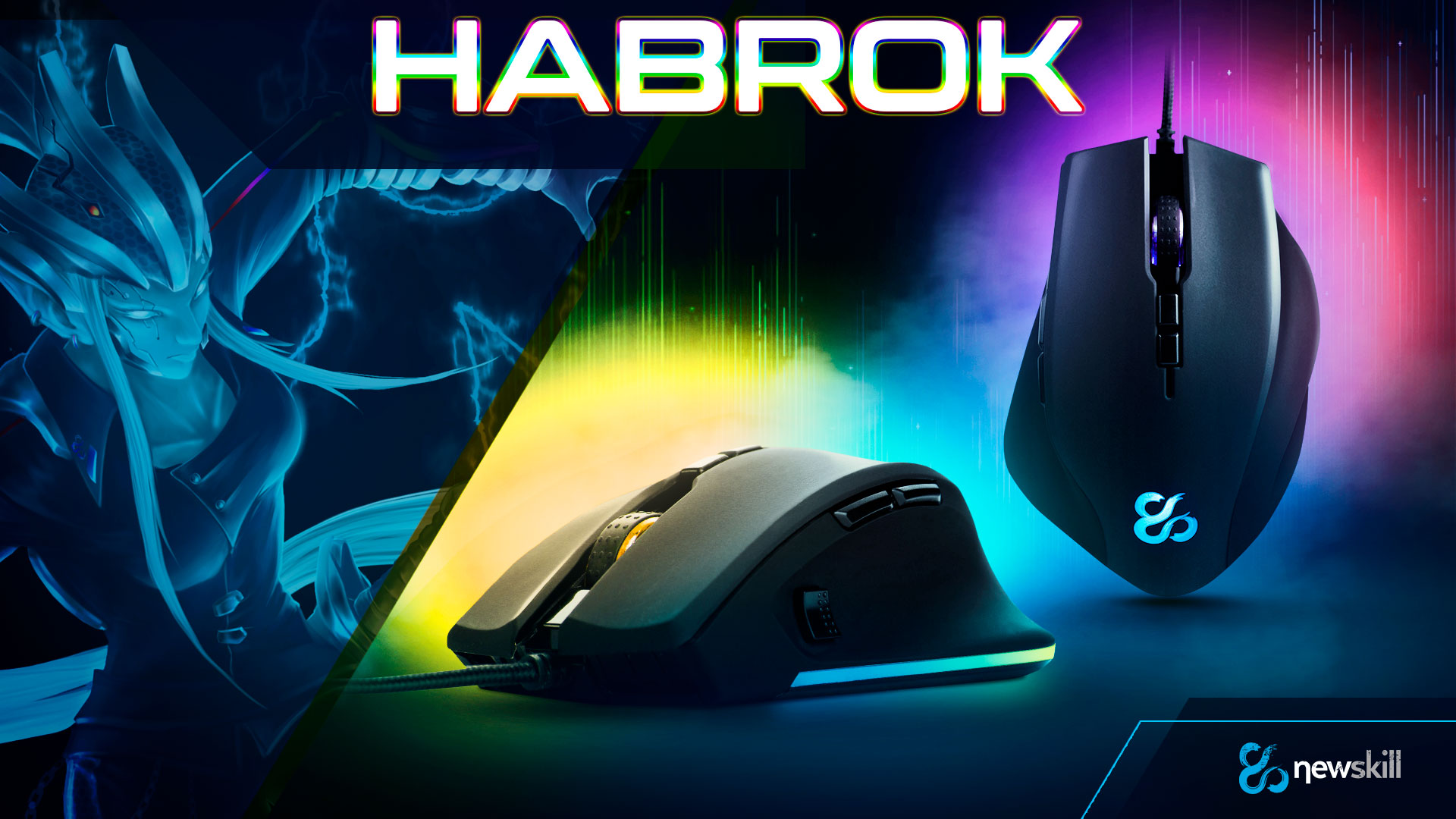


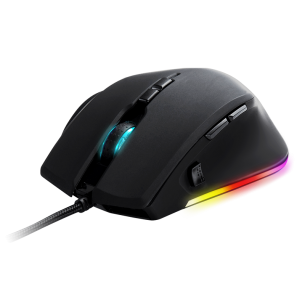



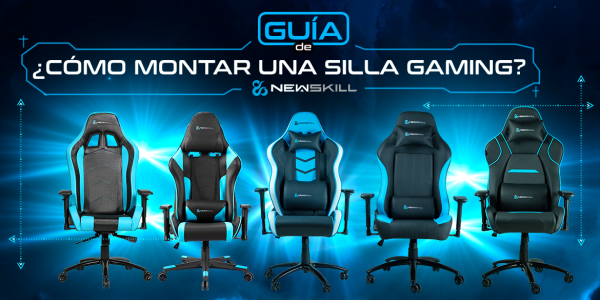
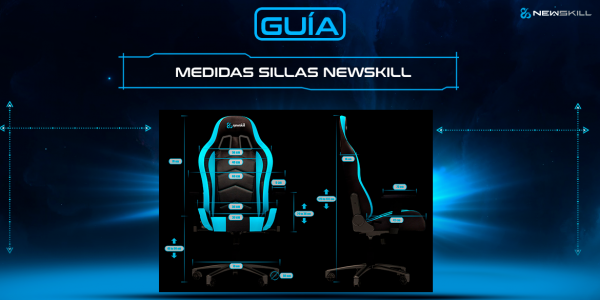
Comments (0)